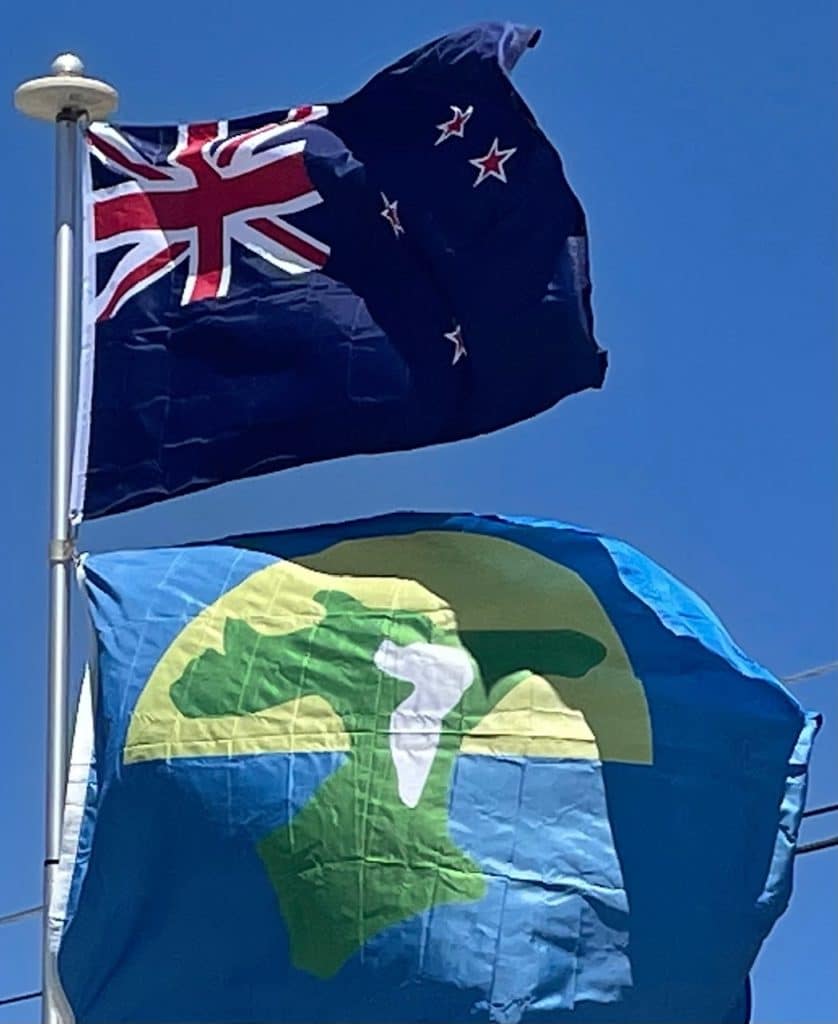Introduction:
The Chatham Islands, part of New Zealand, form an archipelago in the Pacific Ocean about 800 kilometres (500 mi) east of the South Island. The archipelago consists of about ten islands within an approximate 60-kilometre (37 mi) radius, the largest of which are Chatham Island and Pitt Island. They include New Zealand’s easternmost point, the Forty-Fours. Some of the islands, formerly cleared for farming, are now preserved as nature reserves to conserve some of the unique flora and fauna.
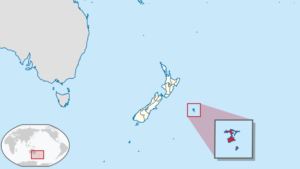
The archipelago is called Rēkohu (“Misty Sun”) in the indigenous Moriori language, and Wharekauri in Māori. The Moriori people, indigenous to the Chatham Islands, arrived around 1500 and developed a peaceful way of life. In 1835 members of the Ngāti Mutunga and Ngāti Tama Māori iwi from the North Island of New Zealand invaded the islands and nearly exterminated the Moriori, enslaving the survivors. The Chatham Islands officially became part of the Colony of New Zealand in 1842; in 1863 the resident magistrate declared the Moriori released from slavery.
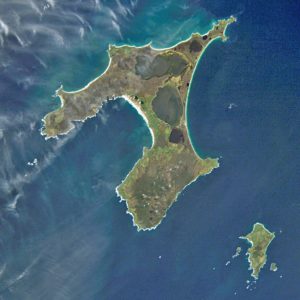
As of 2013 the Chatham Islands had a resident population of 600. Waitangi is the main port and settlement. The local economy depends largely on conservation, tourism, farming, and fishing. The Chatham Islands Council provides local administration – its powers resemble those of New Zealand’s unitary authorities. The Chatham Islands have their own time zone, 45 minutes ahead of the rest of New Zealand.
History:
Moriori:
The first human inhabitants of the Chathams were Polynesian tribes who settled the islands about 1500 CE, and in their isolation became the Moriori.
The plants cultivated by the Māori arrivals were ill-suited for the colder Chathams, so the Moriori lived as hunter-gatherers and fishermen.
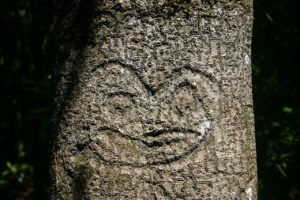
While their new environment deprived them of the resources with which to build ocean-going craft for long voyages, the Moriori invented what was known as the waka kōrari, a semi-submerged craft, constructed of flax and lined with air bladders from kelp. This craft was used to travel to the outer islands on ‘birding’ missions. The Moriori society was a peaceful society and bloodshed was outlawed by the chief Nunuku after generations of warfare. Arguments were solved by consensus or by duels rather than warfare, but at the first sign of bloodshed, the fight was over. It has been estimated that the population was about 2,000 prior to European contact.
European Arrival:
The name “Chatham Islands” comes from the ship HMS Chatham of the Vancouver Expedition, whose captain William R. Broughton landed on 29 November 1791, claimed possession for Great Britain and named the islands after the First Lord of the Admiralty, John Pitt, 2nd Earl of Chatham.
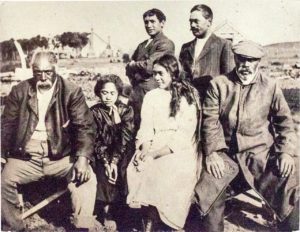
Sealers and whalers soon started hunting in the surrounding ocean with the islands as their base. It is estimated that 10 to 20 percent of the indigenous Moriori soon died from diseases introduced by foreigners. The sealing and whaling industries ceased activities about 1861, while fishing remained as a major economic activity.
Māori Settlement:
On 19 November and 5 December 1835, about 900 Ngāti Mutunga and Ngāti Tama previously resident in Te Whanganui-A-Tara (Wellington) and led by the chief Matioro arrived on the brig Lord Rodney. The first mate of the ship had been ‘kidnapped and threatened with death’ unless the captain took the Māori settlers on board. The group, which included men, women and children, brought with them 78 tonnes of seed potato, 20 pigs and seven large canoes called waka.
